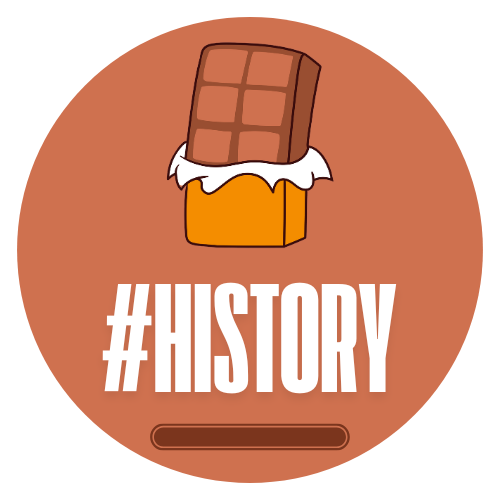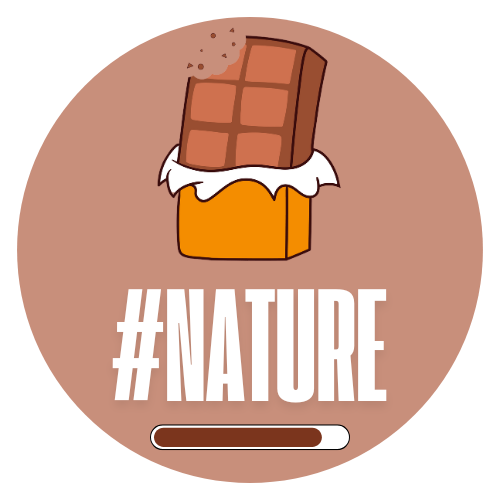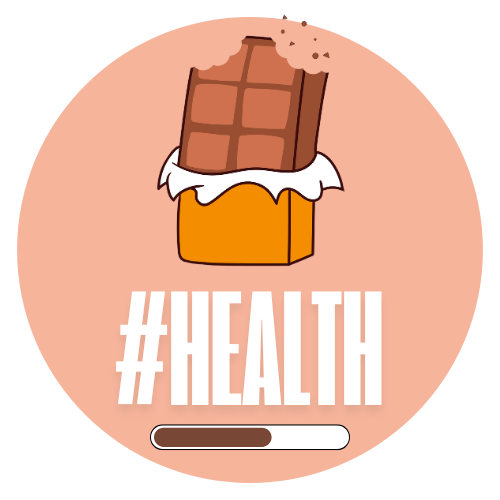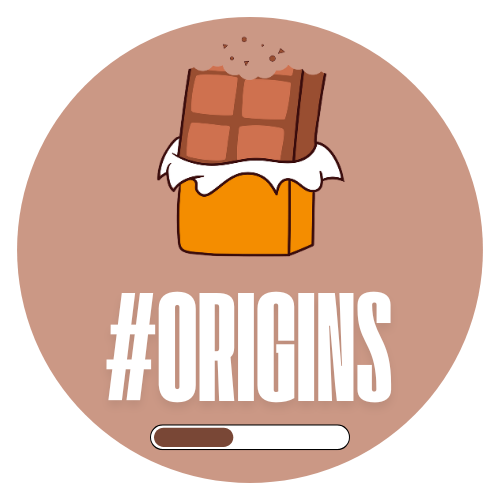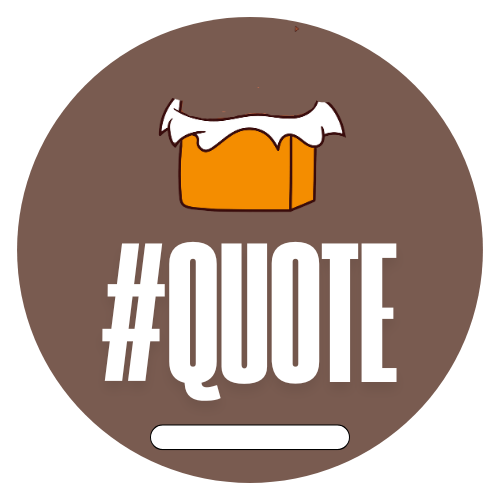THE U.S NATIONAL ANTHEM...
Microplastics, Bird Skeletons, and Tax
3 MINUTE MUNCH
THE U.S NATIONAL ANTHEM WAS ORIGINALLY…
…a poem written by American Lawyer, Francis Scott Key. Written in 1814, ‘Star Spangled Banner’ didn’t become the anthem until 1931. While aboard a British warship, and following the burning of the White House, Francis Scott Key watched on as British ships began their assault on Fort McHenry. As the morning arrived, and the smoke gave way to the still visible U.S flag snapping atop Fort McHenry, Key wrote his poem then and there; ‘And the rockets’ red glare, the bombs bursting in air, gave proof through the night that our flag was still there.’ The end of the first verse was a question, ‘O say does that star-spangled banner yet wave, O’er the land of the free and the home of the brave?’ Over the years, the question mark found its way out of the anthem in a nation ever growing in confidence.
BIRD SKELETONS ARE SO SPECIALLY ADAPTED FOR FLIGHT…
…that they have twice as many genes responsible for bone remodelling and resorption than their mammalian counterparts. Heavy jaws have been replaced by light keratin beaks, while other bones are pneumatic, hollow, and thin walled, yet paradoxically strong. In spite of their large wingspans, frigatebirds have skeletal structures that weigh less than their feathers! Flight isn’t cheap, after all, costing a bird ten to thirty times their resting energy!
IT HAS BEEN ESTIMATED THAT THE AVERAGE PERSON…
…consumes at least 50,000 particles of microplastics annually. With microplastics found in everything from the water we drink, to beer, fruit, veg, tea bags, shellfish, and salt, it’s impossible to avoid. Studies suggest that microplastics have contributed to a decline in fertility over the last forty years, and one study suggests that the average American consumes 39,000 to 52,000 microplastics by way of food each year. This estimate is increased to 74,000-121,000 particles when adjusted for inhalation. A further 90,000 particles were added when accounting for bottled water consumption.
A TAX ON WINDOWS WAS INTRODUCED BY KING WILLIAM III IN 1696…
…in an attempt to raise money for the treasury.
William III owed the Dutch for equipping his ascension to the throne following the revolution against James II. There was also conflict in Ireland and Europe to pay for, and so a new stream of revenue was desperately needed. Tax collectors thus began taxing people according to the number of windows they had at home. More windows were associated with wealth, and resulted in higher tax bills. Soon people began blocking their windows, and homes were even built with fewer or ready bricked windows, giving the owner the choice to knock them through at a later date. The tax on windows gave birth to the term ‘daylight robbery.’
BOOK PASSAGE: GREAT EXPECTATIONS BY CHARLES DICKENS…
“Heaven knows we need never be ashamed of our tears, for they are rain upon the blinding dust of earth, overlying our hard hearts.”
REMEMBER…
…“courage doesn’t mean you aren’t afraid. Courage means you master that fear and act in spite of being afraid.” - Solitary by Albert Woodfox
THE ART OF TAXATION…
…consists of so plucking the goose as to obtain the most feathers with the least possible hissing.” - Jean-Baptiste Colbert, finance minister to Louis XIV.
If you made it this far, you probably enjoyed it, so why not help others benefit from this content by sharing it with your friends and family?
Refer 4 FRIENDS and claim a £5 Amazon voucher. 4 more friends for a second £5 Amazon voucher, and refer 10 friends for a £15 voucher!


